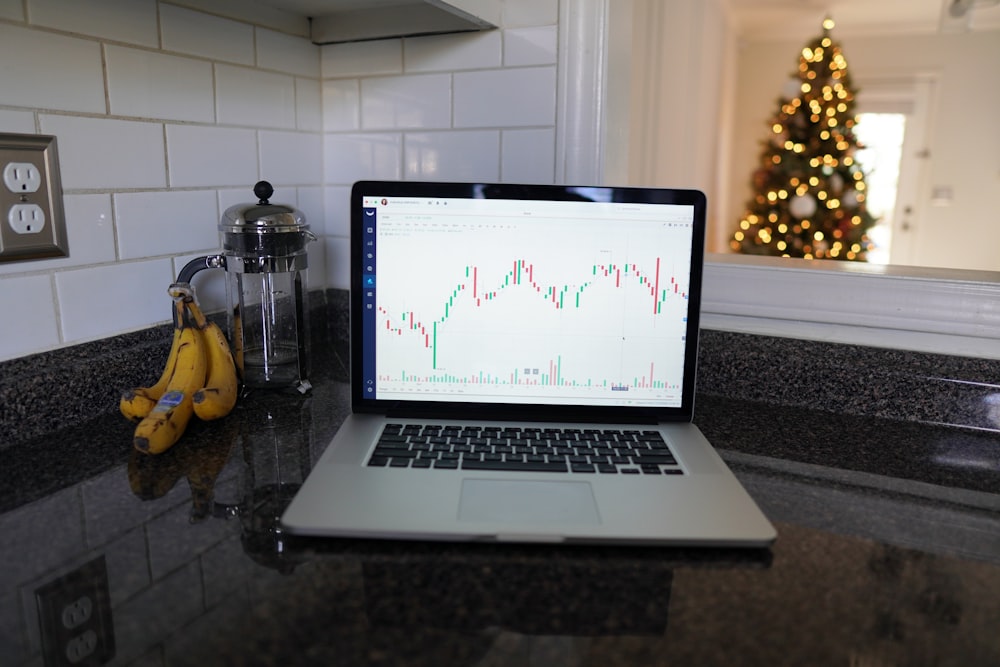FX Daily: Peso Too Strong, Renminbi Too Weak, Dollar Just Right
Image Source: Unsplash
FX markets await today's release of the August US jobs report to see if we've reached any tipping point in the labor market. Probably not. And it is still a little too early to expect the dollar to embark on a sustained downtrend. Elsewhere, policymakers in emerging markets are addressing currencies that are too weak (China) and too strong (Mexico).
USD: The market seems to be bracing for soft nonfarm payrolls data
Today's focus will be the August nonfarm payrolls jobs release. The consensus expects around a +170k increase on headline jobs gains, although the "whisper" numbers are seemingly nearer the +150k mark. Importantly, very few expect much change in the 3.5% unemployment rate. This remains on its cycle lows, continues to support strong US consumption, and keeps the Fed on its hawkish guard. We will also see the release of average hourly earnings for August, which are expected to moderate to 0.3% month-on-month from 0.4%.
As ING's US economist James Knightley notes in recent releases on the US economy and yesterday's US data, there are reasons to believe that strong US consumption cannot roll over into the fourth quarter and that a recession is more likely delayed than avoided. But this looks like a story for the fourth quarter. Unless we see some kind of sharp spike higher in unemployment today, we would expect investors to remain comfortable holding their 5.3% yielding dollars into the long US weekend. That is not to say the dollar needs to rally much, just that the incentives to sell are not here at present.
If the dollar is at some kind of comfortable level, policy tweaks in the emerging market space over the last 24 hours show Beijing trying to fight renminbi weakness and Mexico City trying to fight peso strength (more on that below). We suspect these will be long, drawn-out battles with the market.
DXY can probably stay bid towards the top of a 103-104 range.
EUR: Pendulum swings back to the dovish side
EUR/USD handed back some of its early week gains – seemingly on inflation data that was not quite as bad (high) as expected, and the ECB narrative slowly appreciating the threat of slow-down. This came across in the ECB minutes yesterday and in a speech from the central bank's Isabel Schnabel. These developments took about 6bp out of the expected ECB tightening cycle, widened two-year swap rate differentials, and softened EUR/USD.
For today, we will receive some final August PMI numbers for the eurozone although the main focus will be the US NFP data. Unless some soft data can start to see the market reprice a deeper Fed easing cycle in 2024 (it looks like just 50-75bp is priced currently), it looks like EUR/USD will largely trade a range defined by the 100 and 200-day moving averages – at 1.0920 and 1.0815 respectively.
Elsewhere, Switzerland released August inflation data this morning. The Swiss National Bank is still sounding hawkish and is probably still managing the nominal CHF stronger to keep the real CHF stable. EUR/CHF should be comfortable down in the 0.95-0.96 range.
GBP: Tabletop mountain
The UK rates curve softened by 9-10bp yesterday on comments by Bank of England Chief Economist Huw Pill, that the policy rate profile would look more like a "table mountain" – the inference here is that high rates would be kept for longer than the need to take rates much higher per se. However, the market still prices another 50bp of tightening into next year, which is 25bp too much in our opinion.
The risk of re-pricing looks greater for the BoE than the ECB curve and keeps us positive on EUR/GBP. Levels in the 0.8500/8550 area should be good for corporates to hedge GBP receivables or EUR payables.
MXN: Banxico expressing a view over a strong peso
Unlike Chinese authorities which are battling renminbi weakness and cut the FX deposit required reserve ratio last night, Mexican authorities are seemingly expressing a view that the peso is too strong. Here USD/MXN spiked more than 2% last night after Banxico announced that it would allow its "hedge book" or short USD/MXN position in the FX forward market to roll off rather than be extended.
By way of background, Banxico has intervened to support the peso during two periods (February 2017 and March 2020) and has done this by auctioning dollars through the FX forward markets using one-month to 12-month tenors. The total size of those positions is now around $7.5bn. Banxico announced yesterday that it would allow this position to roll off gradually, effectively over the next 12 months.
Investors have read this as Banxico expressing a view that the peso has come far enough. And given the peso has been a prime beneficiary of the carry trade, we should not underestimate the risk of a further correction higher in USD/MXN ahead of this long US weekend. Yet USD/MXN has traded below 17.00 for very good reasons, including high carry and nearshoring trends. And given our view that the dollar does turn lower next year, we see the Banxico move as slowing rather than reversing the USD/MXN trend.
Two further quick points: returns on the MXN carry trade may now come more from carry than nominal MXN appreciation, and speculation may grow in the TIIE market (Mexican swap curve) that Banxico may prefer early rate cuts after all if it does not want its currency to strengthen much more.
More By This Author:
Commodities News Is Dominated By Strengthening Oil And Volatile Gas PricesUS Spending Surges, But It’s Not Sustainable
Italian Inflation Continued To Decelerate In August
Disclaimer: This publication has been prepared by the Economic and Financial Analysis Division of ING Bank N.V. (“ING”) solely for information purposes without regard to any ...
more



